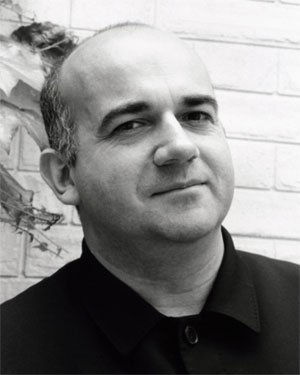by David Kulma

Later musical revolutionaries overthrew this beauty in the name of cloistered hermetics. And this aesthetic of truthful dissonance is still central to much continental European composition, which underlines the contradictions inherent in Leclère’s laudable project, curated for a performance at the Festival Musica in Strasbourg on September 29, 2018. Rather than showing off warmly ravishing music akin to Debussy, the result was stiltedly cold high modernism.
Douze Études de modernité — “Twelve Etudes of Modernity”— attempts to reproduce the “aesthetic shock” of Debussy’s musical apogee at the previous fin de siècle. Inserting six commissioned works by Laurent Durupt, Franck Bedrossian, Philippe Schoeller, Sebastian Rivas, Philippe Leroux, and Hugues Dufourt between the etudes, Leclère juxtaposes different ideas of the new.
Leclère’s Debussy interpretations were miraculous. Some players tend to create washes of sound with this composer’s writing, hoping to create a kind of aural equivalent of Impressionist painting. But Leclère knows that Debussy was aiming for precision rather than gauziness, and laid out these complex, virtuosic works with clear, pearly, and steely notes that danced throughout the hall. He obviously loves this music, and if his interpretation was slightly distant emotionally, it was powerful in its painterly skill to depict nature and churning stylized dances — like in his magnificent reading of the ninth etude “for repeated notes.”
The commissioned works hinged on various sounds first explored by the post-war avant-garde. Durupt’s Pour le majeur is a take on Ligeti’s famous etude The Devil’s Staircase, while Schoeller’s Éclipses, pour piano lives in a Boulezian sound world. Rivas’s Étude de Brouillard shapes the fog with spikey fist clusters — à la Cowell — and high modernist atonal gestures, while Leroux’s Répéter… Opposer focuses on a high, prickling, loud chord and fuzzy stacks of notes. Dufourt’s Tombeau de Debussy mixes steely sonorities with glassy sweeps across the keyboard.
The most engaging was Bedrossian’s fanciful work for prepared piano, Pour les corps électriques, which creatively uses acoustic sounds — electric toothbrushes, aluminum foil, and stopped upper strings — to mimic Stockhausen’s purely electronic music.
Unfortunately, Leclère created an unwelcoming atmosphere: he stopped an audience member from applauding mid-half, stared into the audience to stop people from talking, and belabored transitions between pieces as the page turner entered and left the stage multiple times — stifling much of the joy one felt listening to Debussy’s glorious musical world.
Published on ClevelandClassical.com October 30, 2018.
Click here for a printable copy of this article



